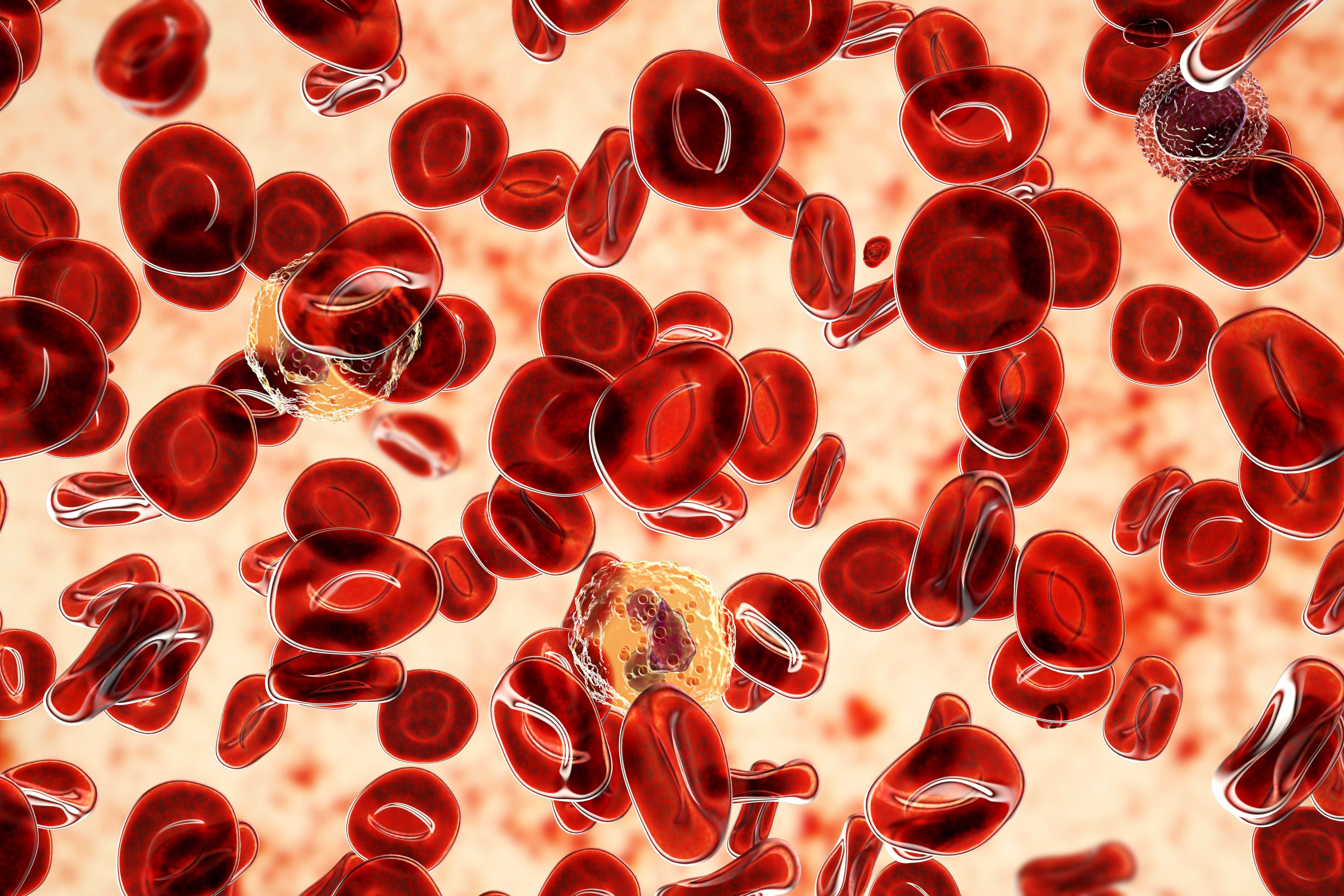Article
Education Level Linked to Outcomes in Patients With MM
Author(s):
New data suggests a patient’s education level can be an important factor in the disease outcomes of patients with multiple myeloma.
A new study of patients in China with multiple myeloma (MM) found those with high education levels had better progression-free survival (PFS) and overall survival (OS) compared to patients with low education levels.
The study underscores the importance of access to care and financial resources in patients diagnosed with the disease. The findings were published in the journal BMC Cancer.
A team of investigators, including corresponding author Juan Li, PhD, of the First Affiliated Hospital of Sun Yat-sen University, in China, wanted to gain a better understanding of the role of socioeconomic factors in MM outcomes. They decided to perform a retrospective analysis of 773 patients with MM who visited 9 cancer centers between 2006 and 2019.
The majority of patients in the study (69.2%) had a low level of education, which was defined as secondary education or lower. A high level of education was defined as having a bachelor’s degree or higher. Those with low levels of education also tended to be older, live in rural areas, lack insurance, and have unstable employment, the study found.
“Additionally, compared to patients with high education levels, patients with low education levels had a higher proportion of international staging system (ISS) stage III classification and elevated lactate dehydrogenase (LDH) levels and underwent transplantation less often,” Li and colleagues wrote.
Those factors translated into significant differences in outcomes. In patients with high education levels, median PFS was 67.5 months. In those with low education levels, median PFS was 30.6 months. Likewise, median OS in patients with high education was 122.27 months, compared to 58.83 months in patients with low education levels.
The reasons for the apparent link are complicated. The authors noted that the more-educated cohort tended to be younger, and they also tended to be diagnosed closer to the onset of symptoms, compared to the less-educated patients. Thus, the group might have better survival because they may have lower tumor loads. However, the authors said education might also play a role in the treatment decisions made by patients with MM.
“[P]atients with high education levels were more likely to choose effective treatments, such as transplantation, than patients with low education levels, and these patients more often received regular treatment,” the investigators wrote. “Therefore, the above factors may partly explain why education levels affect patient survival.”
Patients with higher education levels also tended to have more financial resources and more job stability, factors that could also improve their outcomes, the authors wrote.
“Additionally, insurance is also a very important economic factor, and we found that patients with high education levels are more likely to have insurance coverage,” Li and colleagues said, adding that links between insurance and outcomes have been reported in other cancer studies.
Li and colleagues said a patient’s prognosis is based on numerous factors, and thus it cannot be said that education is the only important factor. However, they said the findings of their study could help physicians to better tailor care patterns to patients, particularly if the patient has lower socioeconomic status and/or a low level of education.
Reference
Xu L, Wang X, Pan X, et al. Education level as a predictor of survival in patients with multiple myeloma. BMC Cancer. Published online August 8, 2020. doi:10.1186/s12885-020-07178-5





